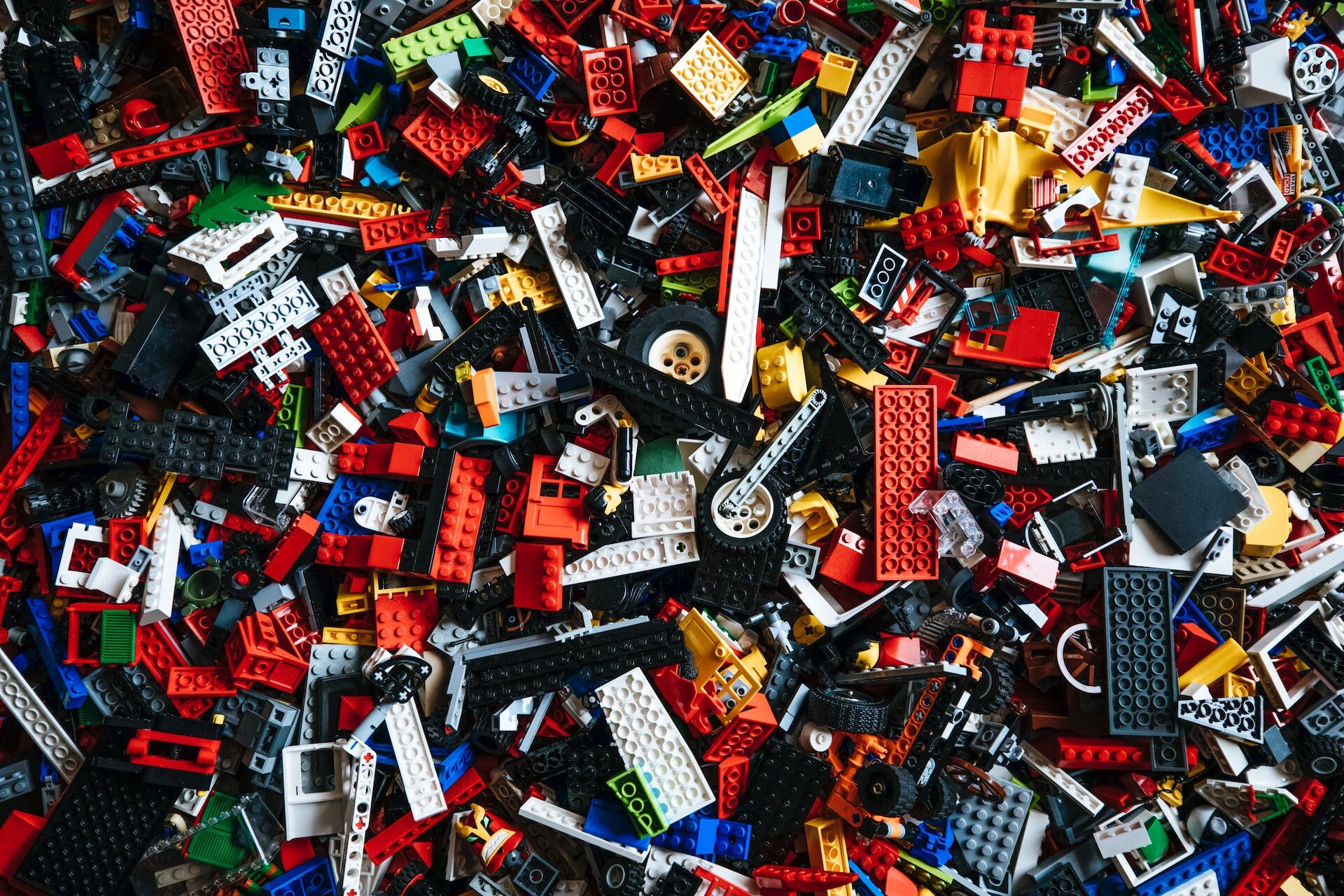
Reduce, reuse, replay
2 February, 2024
Do you have box upon box of old Lego taking up valuable storage space? Lego is seeking to provide a solution with a new UK take-back program, which encourages customers to return their bricks to be recycled into new items for donation. Sounds good right? Well yes, up to a point. But to us, this scheme seemingly overlooks the thriving second hand market for Lego which allow these colourful, durable bricks to continue to be played with for years to come without the need for repurposing or recycling.
The Lego Replay scheme, conducted in collaboration with charity partners, has been extremely successful in North America. Since its inception in 2019, over 230 million bricks have been donated, benefiting 300,000 children in need through recycling into new items that support learning in school, such as storage boxes, while preventing unnecessary waste. This program is a key component of the brand’s broader circular strategy, enabling innovation with a reduced environmental impact. This comes after Lego’s recent environmental strategy U-turn as they ditched efforts to transition from oil-based plastics to recycled polyethylene terephthalate (PET).
However, Lego found that most people in the UK already have a plan for their unwanted Lego bricks, with 94% of families passing them on to friends, families, local schools, or selling them. This local circularity is highly efficient and minimizes the environmental footprint associated with shipping the bricks back to Lego for transformation into new products. Tim Brooks, Lego’s Environmental Sustainability President, emphasizes the durability and safety of Lego bricks, designed to be handed down through generations for continuous play and creativity – so why not reuse them in their current state rather than repurposing them into something new? While recycling initiatives often hit the headlines, reusing can take a back seat.
One brand championing reuse is Bundlee, a children’s clothing rental service that helps parents save money and reduce waste, allowing users to swap out clothing as their child grows. Thrift Plus is also encouraging reuse, helping customers send in their unwanted clothes with a pre-paid bag and label for Thrift+ to resell and recirculate as users earn Thrift+ points to shop on the platform.
While Lego’s goal to increase their circularity is a noble one, we wonder whether a buy-back scheme could be more effective, incentivizing families to send back their unwanted Lego for it to be sorted, cleaned and resold as it is at a discounted price or donated, rather than recycled into something new. Even still, with many individuals already participating in local donation and resale of Lego, there may be opportunities for Lego to support and enhance existing organic circular practices rather than diverting attention away from them.
By Meg Seckel
 Back to all friday 5
Back to all friday 5